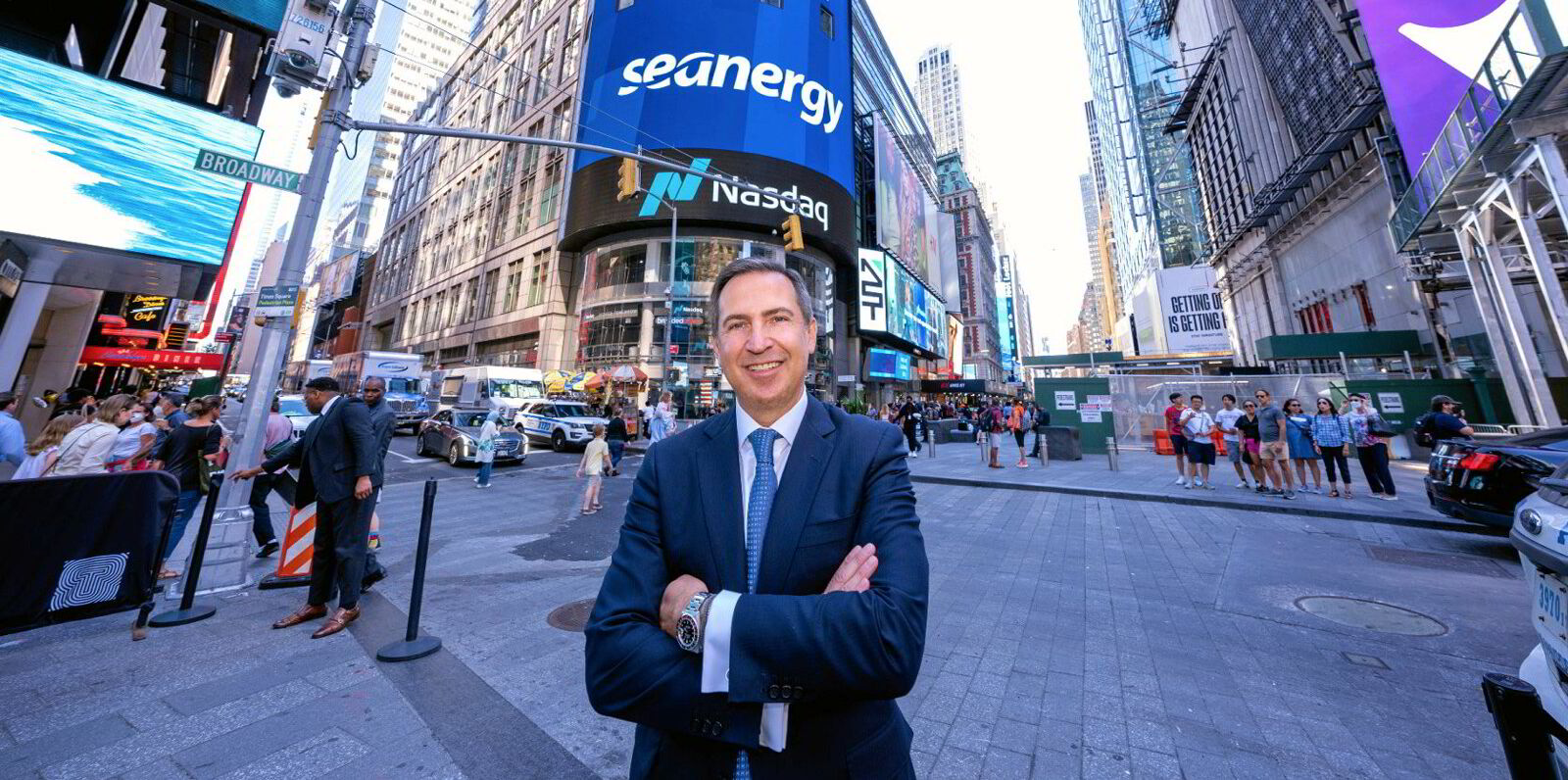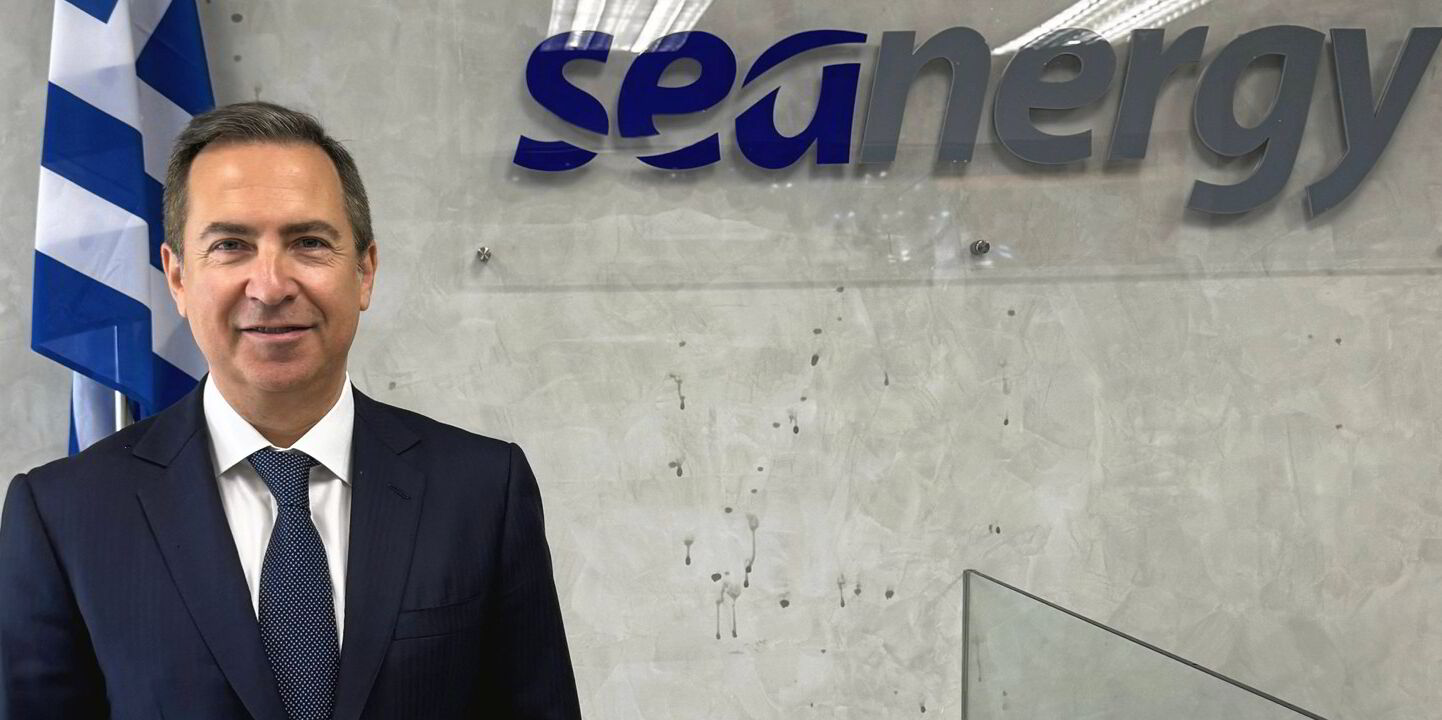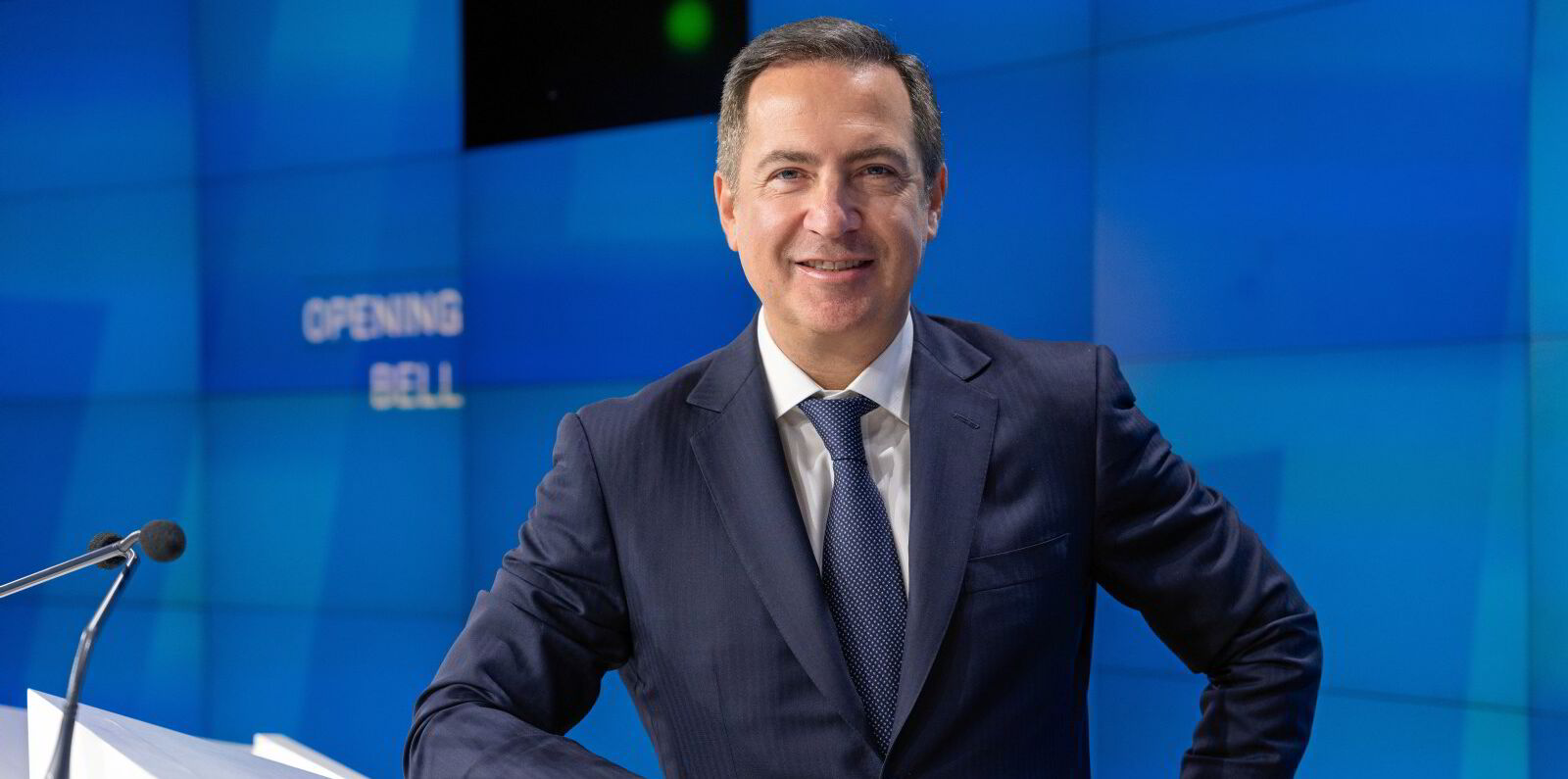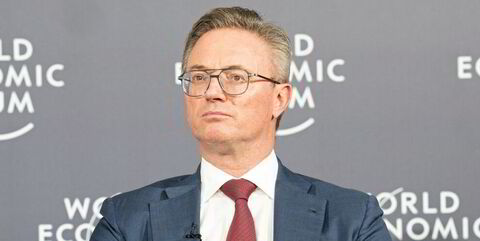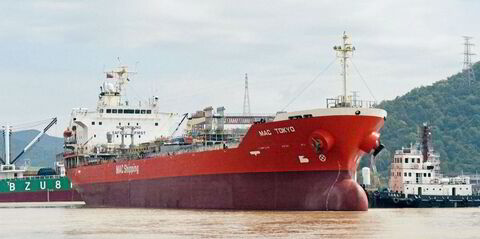Seanergy Maritime Holdings could add one or two more capesize bulkers to its fleet by the end of the year, chief executive Stamatis Tsantanis told TradeWinds in an interview.
As other New York-listed bulker owners are looking cautiously at large asset deals at a time of elevated vessel prices, he said a transaction the company is currently working on will not disappoint.
“If the deal that we’re looking at is materialised, I think that it’s going to be such a strong deal that nobody’s going to say, ‘Why?’” he told TradeWinds after the Greek capesize specialist reported record earnings.
“We have a very, very successful track record in acquiring our ships, and most importantly, we have the lowest book value on a deadweight basis from all the listed peers, which shows that we have bought our ships at very, very low levels on a per-deadweight basis compared to everyone else.”
Seanergy’s willingness to scout out attractively priced deals in today’s market comes as other New York-listed, Greek shipowners have taken a cautious approach.
Sea Bulkers executives, for example, recently said they will stay on the sidelines of the sale-and-purchase and newbuildings markets for capesize bulkers, while Costamare said it was taking its time in the capesize sector amid high asset prices.
Seanergy has already purchased two vessels this year, bringing its fleet to 19 capesize bulkers.
TradeWinds reported in March that Seanergy picked up the 181,400-dwt Kinokawa Maru (built 2013) from Shunzan Kaiun of Japan in a $33.5m deal. Upon delivery to Seanergy, the vessel was renamed Iconship.
Seanergy is also awaiting delivery of a capesize to be named the Kaizenship.
The VesselsValue database shows that is the 181,000-dwt Orange Tiara (built 2012), which Japan’s Daishin Senpaku sold for $35m in March.
Capesize prices have risen since then, with the Orange Tiara now estimated to be worth $37.6m to $38.9m, according to separate estimates from VesselsValue and Maritime Strategies International’s MSI Horizon platform.
Athens-based Seanergy recently reported that it delivered its biggest profit ever in the second quarter, with $14.1m in net income beating just $700,000 at the same point in 2023.
Seanergy’s ships trade in a capesize market where the Baltic Exchange estimates the average spot rates to be about $20,400 per day. That represents regained ground after rates started plunging in June from a height of $32,200 per day to find a three-month low of just under $19,000 per day on 1 August.
The futures curve shows average rates rising to a height of $27,700 per day in October.
Tsantanis expressed optimism about the direction of the rate environment, thanks to what he described as the three most important factors in today’s market.
“Supply, supply and supply — that, in my opinion, is what drives the market on a consistent basis for the future,” he said.
Tsantanis said the capesize market has the best vessel supply fundamentals it has seen in the past 20 to 25 years, and the small orderbook is likely to stay low for the foreseeable future.
“Whether China is going to consume 5m or 10m tonnes of iron ore per year, more or less, is not going to have any material impact on the rates,” he said. “Supply is what really counts.”
Read more
- Seanergy and spin-off United Maritime land $93m in finance for five bulkers
- United Maritime pivots to offshore sector as it snaps up a stake in energy construction vessel
- Capesize owner Seanergy hikes dividend payment after best second quarter in its history
- Charterers key to shifting the dial on decarbonisation, says MPC chief Constantin Baack
- First-half capesize S&P deals hit record high powered by Chinese and Greek buyers
